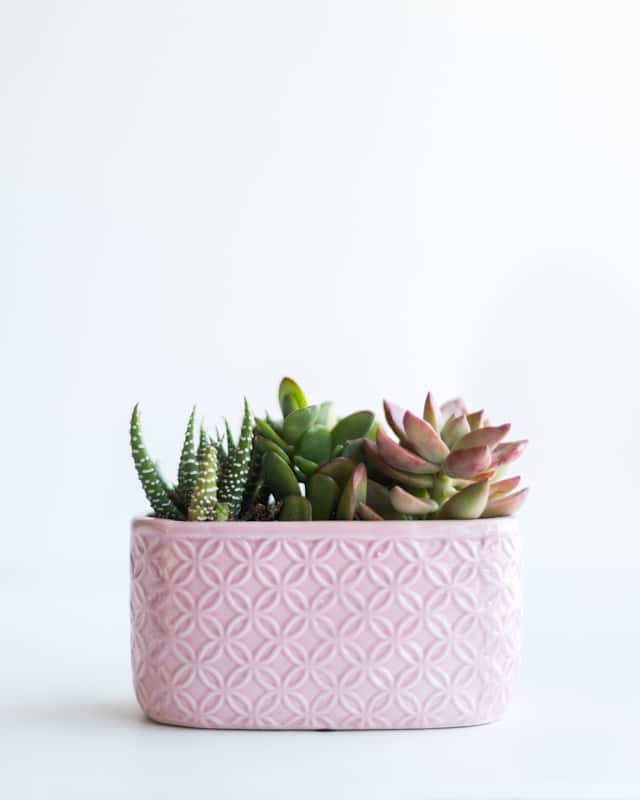The world of plants is broad, encompassing a diverse range of species with different needs and adaptations. Amidst this lush spectrum, succulents have emerged as a popular choice for indoor plant enthusiasts. They are versatile, relatively low-maintenance, and add a touch of vibrant green to your living space. We delve into the specifics of succulent care, advising you on the best practices for growing these resilient plants indoors.
Understanding Your Succulent’s Needs
Succulents are a group of plants that have adapted to survive in harsh, arid environments. They store water in their thick, fleshy leaves, enabling them to withstand periods of drought. However, despite their hardiness, their needs must still be met in an indoor setting for them to truly thrive.
Sujet a lire : How to create a calming atmosphere in the bedroom
Light Requirements
Let’s start with one of the most crucial elements for any plant: light. Succulents, in particular, love the sun. In their natural habitats, they are used to full, blazing sunlight. However, when grown indoors, they will be content with a spot that receives bright, indirect sunlight for most of the day. A south or east-facing window should suffice. Some succulents will show signs of light stress – their leaves might change color or become more vibrant. This is usually a normal reaction and not a cause for worry.
Watering Habits
While succulents are naturally drought-resistant, they still require watering to stay healthy. The trick is to water your plants deeply but infrequently. Wait until the soil is fully dry before watering again. Over-watering can result in root rot, a common issue with succulents that can cause the leaves to become soft and discolored.
Cela peut vous intéresser : The art of tidying up by Marie Kondo
Choosing the Right Soil and Pot
The choice of soil and pot can dramatically impact the health of your succulent. It’s not just about aesthetics; it’s also about providing the right conditions for your green companion to grow.
Soil Type
Succulents prefer well-draining soil that can quickly dry out after watering. A regular potting mix is often too dense for these plants, so opt for a special succulent or cactus mix. If you’re feeling adventurous, you can even create your own blend with some regular potting soil, coarse sand, and perlite or pumice.
Pot Selection
Choosing a pot for your succulent goes beyond picking something that matches your decor. Make sure the pot has at least one drainage hole at the bottom to allow excess water to escape. Preferably opt for a pot made from a breathable material like terra cotta, which wicks away moisture from the soil.
Adapting to Your Indoor Environment
Now that you have the basics down, there are a few more factors to consider when adapting succulents to your indoor environment. These involve temperature, humidity, and air circulation.
Indoor Temperature
Most succulents prefer temperatures between 20 and 25 degrees Celsius, similar to the temperatures we’re comfortable with. Avoid placing them near heaters or air conditioners that may cause temperature fluctuations.
Humidity and Air Circulation
Succulents are used to dry environments. High humidity can be problematic, often encouraging mold and pests. If you live in a humid region, consider using a dehumidifier or placing your plant near an open window for better air circulation.
Best Succulent Varieties for Indoor Care
Not all succulents are created equal. Some varieties adapt better to indoor conditions than others. Here are some of the top picks for indoor succulent care.
Echeveria
Echeveria are rosette-forming succulents that come in a wide range of colors and sizes. They are generally compact, making them perfect for small spaces.
Jade Plant
Jade plants are a classic choice for an indoor succulent. They have thick, woody stems and glossy, oval leaves. Jade plants can grow quite large with age, making them a great choice for a statement plant.
String of Pearls
This unique succulent, with its trailing vines of spherical leaves, makes a great hanging plant. It’s a perfect choice if you’re looking for something a little different.
Despite their reputation as low-maintenance plants, succulents do require some care and understanding of their needs. Armed with this knowledge, you’re now equipped to provide the best care for your indoor succulents. These green companions will not only enhance your space aesthetically but will also bring you the rewarding experience of growing and caring for a living thing.
Propagation and Pruning: Enhancing Your Succulent’s Growth
A brilliant aspect of succulents is their ability to self-propagate. Additionally, occasional pruning can help maintain the plant’s shape, size, and overall health. Let’s dive into these aspects of succulent care further.
Propagation
Succulents offer an easy way to expand your indoor garden without buying more plants. This process, known as propagation, involves encouraging new plant growth from a piece of the parent plant. Succulents can propagate from leaves, stems, or offsets.
To propagate a leaf, gently twist it off the stem, ensuring it comes away cleanly. Allow the leaf to dry for a few days until a callus forms over the wound. Then, place the leaf on top of well-draining soil (avoid burying it) and keep it in bright, indirect light. In a few weeks, new roots should begin to form.
Stem cuttings and offsets can be propagated in a similar way. Cut a piece of the stem or remove an offset, let it dry, and then plant it in fresh soil. Keep the soil slightly moist until roots begin to grow.
Pruning
Pruning is a key part of succulent care that often gets overlooked. Regular pruning can help maintain an attractive shape, control the plant’s size, and encourage more robust growth.
Using a clean, sharp pair of pruning shears, cut off any overgrown or leggy stems. Also, remove any dead or dying leaves, as these can attract pests. Remember to let the pruned areas dry before watering the plant again.
Closed vs Open Terrariums: Finding the Best Home for Your Succulent
Terrariums offer a unique and stylish way to display your succulents. However, not all terrariums are suitable for these desert dwellers. Let’s discuss the benefits and downsides of closed and open terrariums for succulent care.
Closed Terrariums
Closed terrariums create a mini ecosystem, complete with a humid, rainforest-like environment. While this might be ideal for some plant types, it’s not the best fit for succulents. The high humidity levels in a closed terrarium can lead to root rot and fungal diseases.
Open Terrariums
Alternatively, open terrariums offer better air circulation and lower humidity levels, making them a far more suitable choice for succulents. They allow for better sun exposure, and the dry conditions mimic a succulent’s natural habitat. When picking a terrarium, ensure it’s large enough for your plant size, and the succulent isn’t touching the sides or the top of the glass.
Conclusion
Taking care of succulents can be a rewarding experience. These plants are perfect companions for your interior, adding a dose of greenery and tranquility to your living space. Whether you’re propagating new plants, pruning for better growth, or choosing the right terrarium, remember the key to succulent care revolves around mimicking their natural, arid environment. Avoid overwatering, ensure your plant gets plenty of bright, indirect light, and choose well-draining soil for a happy, healthy succulent.
With a little effort and the right care, these low maintenance, easy care plants can thrive indoors, bringing you joy and beauty for many years. Always remember, the best succulent plant is the one you love and enjoy caring for. Happy planting!











